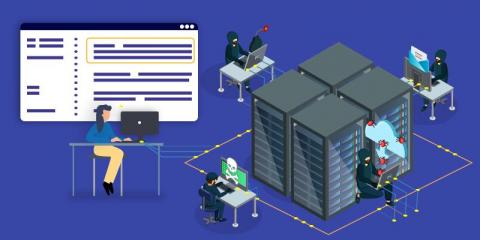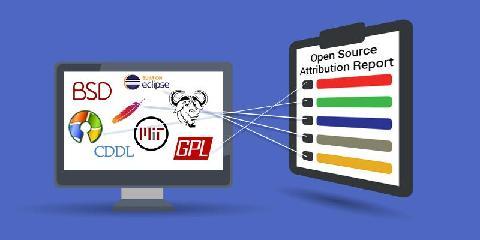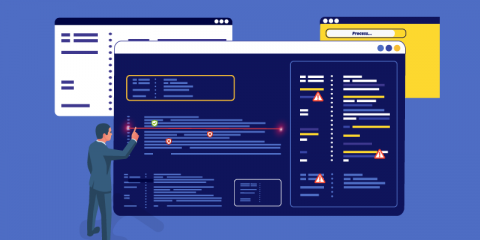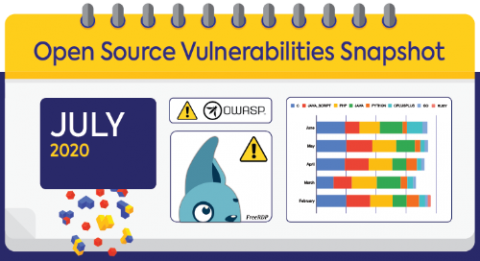Dynamic Application Security Testing: DAST Basics
Application security testing (AST), which are tools that automate the testing, analyzing, and reporting of security vulnerabilities, is an indispensable part of software development. In a modern DevOps framework where security is shifted left, AST should be thought of as compulsory. And this has never been more important when you consider that Forrester reports the most common external attack method continues to be application weaknesses and software vulnerabilities.







